-
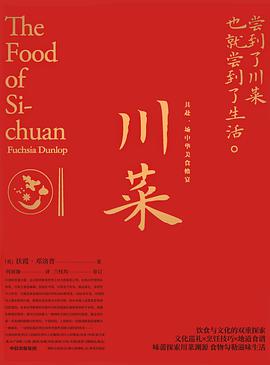
川菜
一餐一饭,体会中华饮食神髓,一朝一夕,烹饪日常生活至味。英国美食作家扶霞,痴迷中国美食,千里迢迢来到四川,潜心研究川菜的起源、发展与烹饪技法。
在《川菜》一书中,扶霞将20多年的经验汇集一册。诸多关于地域环境、历史文化和人文风貌的观察分析述诸笔端。全书涵盖200道经典川菜食谱、56种烹饪手法、23种独特调味。从锅碗瓢盆到配料香料;从大众熟知的鱼香肉丝、宫保鸡丁、夫妻肺片、水煮牛肉,到当地才能吃到的自贡小煎鸡、桥头一嫩、活水豆花、峨眉豆腐脑、蛋烘糕。在诸多滋味中,也尝到了活色生香的生活。
走进扶霞眼中的川菜,让世界更了解中国,也让中国人站在世界的坐标里认识自己的文化,以及自己的一日三餐。
·
·
·
·
★共赴一席中华飨宴,在餐桌上重新认识中国。穿越山水阻隔,冲破文化障碍,解读英国人眼中的川菜世界,发现我们熟悉却又陌生的中国美食。探究美食背后的地域历史与人文风貌,四川人为什么嗜辣如命?川菜何以广为流传?川菜的原料能够追溯到哪个朝代?四川人的厨房里有什么?……文化巡礼+烹饪技巧+私房菜谱,美食与美食背后的文化渊源,一册集结。
★《鱼翅与花椒》作者扶霞重磅新作,20年川菜烹饪经验集合之作。取得剑桥大学学士学位的英国美食家扶霞,千里迢迢来到四川成都,只为一探川菜的美味。经过专业学习与潜心研究,成为了英国的川菜“专家”,也是一位传播中国美食文化的使者。四次获得美食界奥斯卡“詹姆斯·比尔德大奖”,被陈晓卿评价是“非常懂中国菜的一位”,研究中国烹饪及饮食文化20余年。
★56技法,200佳肴,在这里尝到生活。涵盖200道经典川菜食谱、56种烹饪手法、23种独特调味。从熟悉的鱼香肉丝、宫保鸡丁、夫妻肺片、水煮牛肉,到只有四川人才能吃到的自贡小煎鸡、桥头一嫩、活水豆花、峨眉豆腐脑、蛋烘糕;从锅碗瓢盆、烹饪手法,到配料香料、料理窍门……在家吃自己做的川菜才是真的“安逸”。
★业内高度赞誉。获得2019年《纽约时报》“年度美食图书”、2019年美国国家公共电台“最受大众欢迎的图书”、2019年《卫报》“最佳美食书”,《悦游》2019年最佳美食旅行图书,美食评论网Chowhound 2019年秋季最佳美食图书。
★书中专业内容及食谱经过中国烹饪大师兰桂均审定,进一步保证权威性。
-
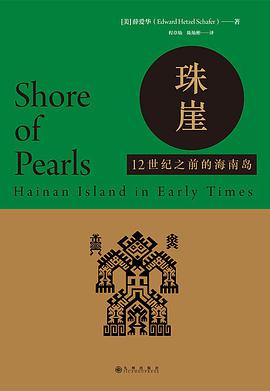
珠崖
汉学名家薛爱华作品
研究海南岛早期历史的权威著作
◎编辑推荐
本书是汉学名家薛爱华的早期学术作品,《闽国》的姊妹篇,从历史、自然、原住民、交通、流人等方面探寻海南岛的历史,是研究海南岛早期历史的的权威著作。
◎内容简介
本书的研究对象是富有浓厚南方色彩的海南岛,着重描述海南岛的开发历史,是关于这一地理区域的专题研究。全书共分五章,分别从历史、自然、居民、交通及中央王朝贬谪之士等五个方面,探讨了宋代及宋以前海南岛的情况。苏轼的海南经历及其海南诗作是最主要的文献依据之一。
◎专家推荐
作为20世纪美国汉学界的一流学者,薛爱华在四十多年的学术历程中,形成了鲜明的学术个性, 他的治学方法不仅为其学术成就奠定了基础,也给后人带来了丰富的启迪。
——南京大学教授 程章灿
《珠崖》以中古时期的中华帝国边缘地带为研究对象,给我们提供了大量有用又有趣的信息。五光十色,异彩纷呈。
——法国高等汉学研究院院长 侯思孟(D.Holzman)
-
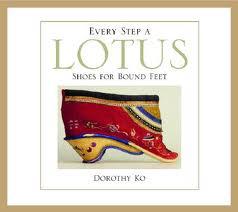
Every Step a Lotus
From Publishers Weekly One of the best known, most torturous examples of fashionable alteration is Chinese foot binding. In Every Step a Lotus: Shoes for Bound Feet, Barnard College history professor Dorothy Ko looks at the making and wearing of lotus shoes, the footwear for women with bound feet. Along the way she discredits some simplistic popular notions about foot binding and emphasizes the economic and social problems that it addressed. While the practice began as an exclusive custom of leisured elites, Ko explains, it spread to the peasantry in the 17th and 18th centuries, resulting in such incongruous artifacts as lotus rainboots and galoshes. Color photographs throughout the book illustrate Ko's explanation of shoemaking, foot binding and the symbolism of the shoes' decorations, though the beauty of the shoes (and this book, which includes step-by-step, how-to instructions for binding) belies the pain of the wearers. Copyright 2001 Cahners Business Information, Inc. --This text refers to an out of print or unavailable edition of this title. From Booklist Foot binding is often cited as an emblem of the oppression of women and as such exerts a morbid fascination. But Ko, a history professor at Barnard, urges readers not to view the practice through modern eyes but to study it as a cultural phenomenon deeply embedded in Chinese history. Downplaying the tradition's erotic aspects, Ko offers a cogent discussion of Chinese women's lives during the eighteenth century, the pinnacle of the cult of the lotus foot. Mothers bound their daughters' feet, and foot binding evolved into a rite of passage into womanhood within the Confucian system, which valued female domesticity and textile arts. Shoe making became a highly prized craft and an integral part of the foot-binding ritual, and therefore Ko's enlightening narrative is accompanied by gorgeous reproductions of unbelievably tiny, exquisitely embroidered shoes for bound feet. As she identifies various shoe styles, interprets the complex symbolism of their elaborate designs, and elucidates the spiritual and religious aspects of foot binding, Ko convincingly defines the practice as a historical source of female identity, purpose, pride, and power. Donna Seaman Copyright © American Library Association. All rights reserved --This text refers to an out of print or unavailable edition of this title. -
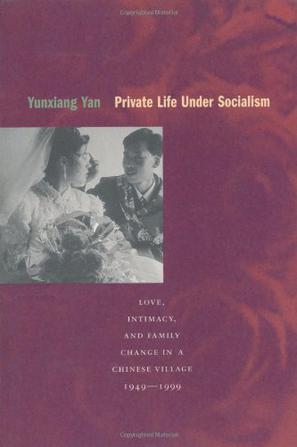
Private Life under Socialism
-
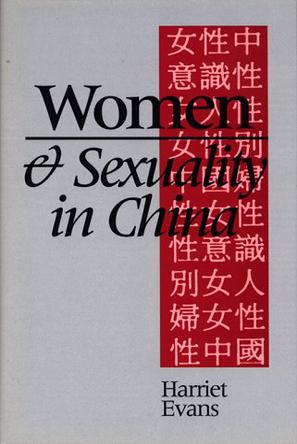
Women and Sexuality in China
-
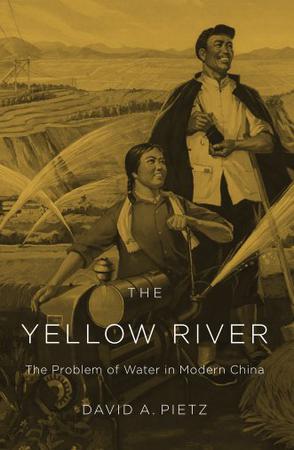
The Yellow River
Flowing through the heart of the North China Plain—home to 200 million people—the Yellow River sustains one of China’s core regions. Yet this vital water supply has become highly vulnerable in recent decades, with potentially serious repercussions for China’s economic, social, and political stability. The Yellow River is an investigative expedition to the source of China’s contemporary water crisis, mapping the confluence of forces that have shaped the predicament that the world’s most populous nation now faces in managing its water reserves. Chinese governments have long struggled to maintain ecological stability along the Yellow River, undertaking ambitious programs of canal and dike construction to mitigate the effects of recurrent droughts and floods. But particularly during the Maoist years the North China Plain was radically re-engineered to utilize every drop of water for irrigation and hydroelectric generation. As David A. Pietz shows, Maoist water management from 1949 to 1976 cast a long shadow over the reform period, beginning in 1978. Rapid urban growth, industrial expansion, and agricultural intensification over the past three decades of China’s economic boom have been realized on a water resource base that was acutely compromised, with effects that have been more difficult and costly to overcome with each passing decade. Chronicling this complex legacy, The Yellow River provides important insight into how water challenges will affect China’s course as a twenty-first-century global power.